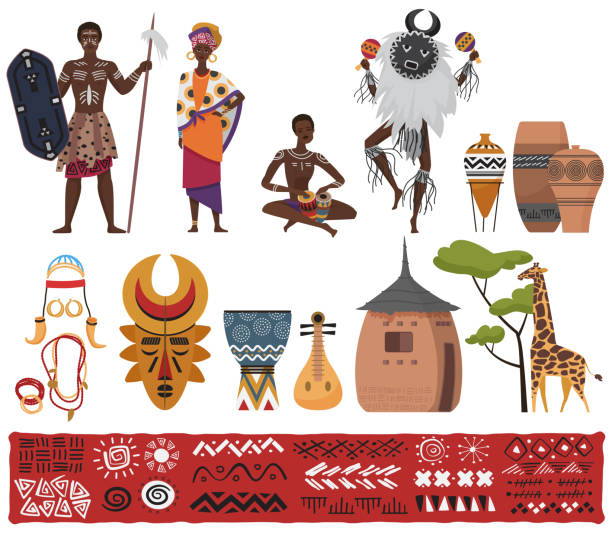Project Report For Ethno Tourism
Introduction
Project report for ethno tourism is as follows.
Ethnotourism is travel intended to discover ethnic populations and learn about unique cultures and customs by visiting and interacting with locals. In order to understand and experience native people and their way of life, ethno-tourists travel. Most often, this kind of tourism takes place in regions that are rich in cultural diversity, legacy, and distinctive history. Some of the well-known cultural tourism destinations worldwide are India, Africa, Mexico, China, Japan, Abu Dhabi, and Dubai.
India’s tourism industry is expanding on all fronts. Growth is occurring on both a quantitative and qualitative level. Travel both domestically and abroad is increasing. There are many types of tourism that are becoming more and more popular, including ecotourism, adventure tourism, MICE tourism, and cultural tourism. While physical elements like mountains, beaches, deserts, and rivers continue to draw tourists, they are increasingly searching for ethnic experiences at well-known and attractive tourist locations.
In other words, some tourists have a strong interest in “the local human person” and the things or traditions that surround them. The aspects are intriguing in part because they are authentic and have an exotic quality (relative to tourist backgrounds). The following are some ways that the elements show themselves.
Local people
Architecture, interior
Food
Clothing, jewelry, accessories
Dance, Music
Social/religious practices
Sport
Wellness and healthcare systems
Occupational practices
Special skills, e.g., craft
Lifestyle in general
Ecotourism means valuing the elements mentioned above. Building a tourism project on such components has great potential.

It is only natural for the tourism market to segment as it experiences expansion and for new segments to appear. Tourism in rural areas is a relatively new industry. The demand for ecotourism and urbanization growth are positively correlated. Additionally, it is a form whose market will expand as more businesses are established and its location options are expanded. Communities now have a greater understanding of the opportunities for ecotourism business; they are learning quickly how to put together alluring packages, which will guarantee the steady growth of Ethno tourism in India.
Get Completely Custom Bankable Project Report
The focal point of ethnotourism is the “local person” and his environment. This indicates that the visitor is mostly focused on the individual (rather than mere nature). It is clear that this type of tourism caters to a certain interest and has not yet taken off in India.
Even travelers who may not be especially interested in ethnotourism may take advantage of the attractions since they complement and improve the whole travel experience because there are well-known tourist places that are distinguished by major ethno attractions. Depending on the tourist’s orientation, the experience’s duration and intensity will vary. In other words, the ecotourism package will be incorporated into the visitor’s overall travel experience.
Market Potential Of Ethno Tourism
India is ranked 10th out of 185 countries in terms of the total GDP contribution from travel and tourism in 2019. Travel and tourism contributed $194.30 billion (Rs. 1,368,100 crores) or 6.8% of the nation’s GDP in 2019. In India, the tourism sector supported 39 million jobs in 2020 or 8% of all employment.
Expenses

Product Cost Breakup

Reveneue Vs Expenses

Market Trend

The complex’s layout and design are crucial. Water, power, and clean toilets should all be available and consistent. The management of the visitor flow will require attention; there shouldn’t be any clogging or stampeding, and it should be made sure that the complex doesn’t appear empty.
Priority is given to the selection of qualified personnel and their training. Decisions to make or purchase are essential. We must presume that the promoter will manage the theatre, wellness centre, food and beverage outlet, and sartorial centre independently. He will rent out areas for both sales kiosks and artisans and crafters.
It is also assumed that he won’t own or manage any non-complex physical establishments, such as cafes, shops, or cultural institutions. He will promote and plan uncomplicated activities. However, these arrangements could alter based on regional circumstances and promotion capabilities.

